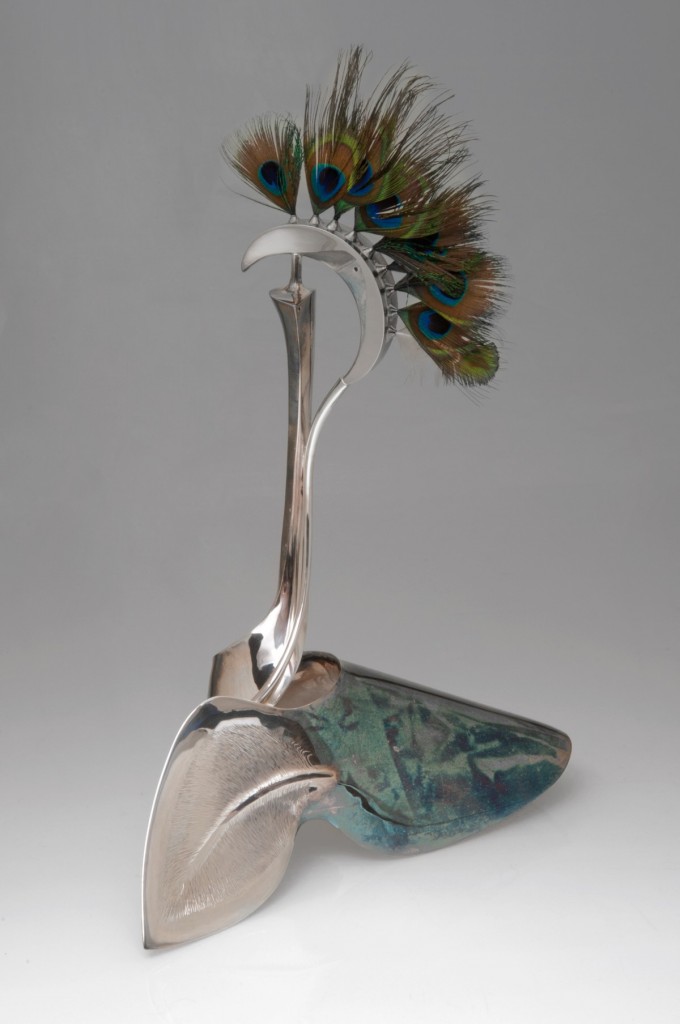The best way to learn design is to look closely and analytically at the work of other artists—specifically, here, other jewelry makers. But for beginners, without the language to describe the formal qualities of design, how do you analyze the work? “I like it/I don’t like it/It’s good/It’s not good” is certainly a start, but then comes the question: Why? What makes it good or not good? Why does it hold your attention or not, stop your breath or not? And there, without a formal language, most analysis stops.
By the way, the term “formal” in this context doesn’t mean classical, high-falutin’ or dressed up. It refers to the elements and principles of design from which “forms” are made, things like line, shape, space, balance, size and so on. Without a grasp of formal language, what can often happen is that a beginner, looking at other work, ends up simply copying or imitating it. The derivative work is almost always weak and less than it might have been. Worse, it is never truly one’s own.
(And if you believe the old saw that “imitation is the sincerest form of flattery,” it isn’t. It usually just ticks off the original artist or, if terribly blatant and if you start selling the work, can end up in a lawsuit. Now inspiration, that is a sincere form of flattery.)
This talk of language, vocabulary, structure and form may sound like an academic discussion, but it really—as I finally found, after years of trying to ignore it–is not. Although artists express their ideas through various media–pigment for a painter, clay for a potter, music for a composer, or metal for a metalsmith or jeweler–we are still language-using creatures. We depend on language to describe, explore, and even, to some extent, create our world—even to ourselves. In fact, sometimes our understanding of our world and of ideas is limited by existing language.
Which brings me to the amazing metalsmith Heikki Seppä, who discovered, or rediscovered, this when he began introducing his students to his ground-breaking concept of shell forms to his students.
Like this:
Like Loading...

